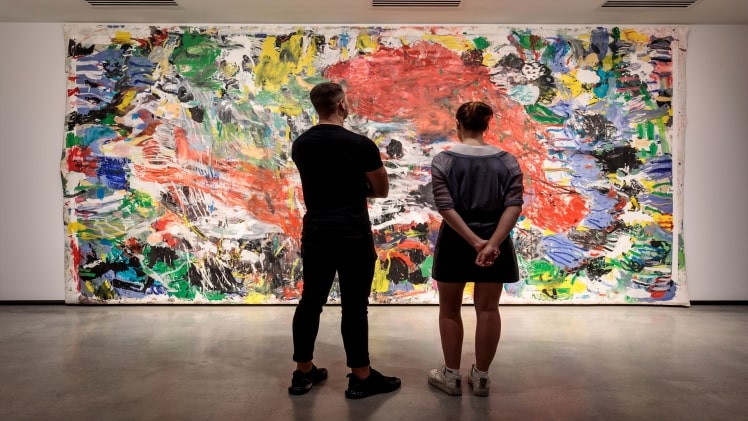Those who spend thousands of dollars on art from the most remarkable galleries in the nation have a challenging task regarding the art collection. Indigenous art purchases might be much more challenging. The value of the indigenous art market in Australia exceeds AUD 200 million annually. Aboriginal Australian art, on the other hand, is accessible to everybody. In addition to showing respect for the artists and the tales they wish to tell, buyers must be sure the item they purchase is authentic. Australian art collectors may benefit from this article on how to buy Australian art and enjoy the work of modern Aboriginal artists.
The First Step Is to Acquire a Working Knowledge of the Art Form.
Whether a person is planning a vacation to the Northern Australian territory or is looking to acquire a unique piece of Aboriginal art for their house, a complete understanding of the investment is essential. It’s essential to know the history of the artwork, the methods used to make it and the artists who created it before making a purchase. They also need to educate themselves and others on the value of indigenous art so that no one is offended by their acquisitions.
Inquire into the Purpose of Purchase
People should only purchase art they like and appreciate. There are a variety of ways to acquire art in the business. To make an informed decision when purchasing aboriginal art, buyers must first consider if the piece will enhance their home’s decor, enhance the value of their investment, or make them happy. Consult with art specialists if you want to acquire artwork as a long-term investment. Others may purchase Australian art that matches their business or home decor’s style and media.
Reputable Galleries Sell Australian Artwork
Before purchasing, buyers of Aboriginal art should do their homework on the artist, the seller, and the art market. They need to look for galleries and art centres that specialise in trustworthy indigenous art forms. The reputation of the galleries may be determined by asking about how the sellers maintain their ties with the artists, how they pay them, and how they support their causes. Visits to art galleries, exhibits, and museums are the most acceptable means to evaluate the authenticity of a facility, its artwork, and its artists.
Refrain from Purchasing Fake Items
Be on the lookout for counterfeit paintings, regardless of whether you’re shopping for modern art or aboriginal art from distinct providers. People may be enticed to buy Australian art from e-commerce websites, but they should be aware that there is a significant likelihood that the art they purchase is counterfeit. It’s a red sign when the bargains appear too promising. Instead, they should go to galleries with a long history of involvement in the art world and culture. They must also investigate the artists with whom the organisations collaborate.
Make Sure You Don’t Just Go for the Known Brands.
Several well-known indigenous Australians include Albert Namatjira, Emily Kame Kngwarreye, Gloria Petyarre, and Rover Thomas. A prevalent pattern in the art industry is that once an artist is recognised, their work begins to be sought. However, their capacity to satisfy the demands may diminish. Many artists and painters produce excellent work that goes unnoticed. Because of this, it is essential to look at all of the paintings in the gallery before making a purchase and not simply focus on the artist’s name. According to Michael Reid’s comment, purchasing an A-grade painting from a B-grade artist is preferable to buying a B-grade painting from an A-grade artist.

